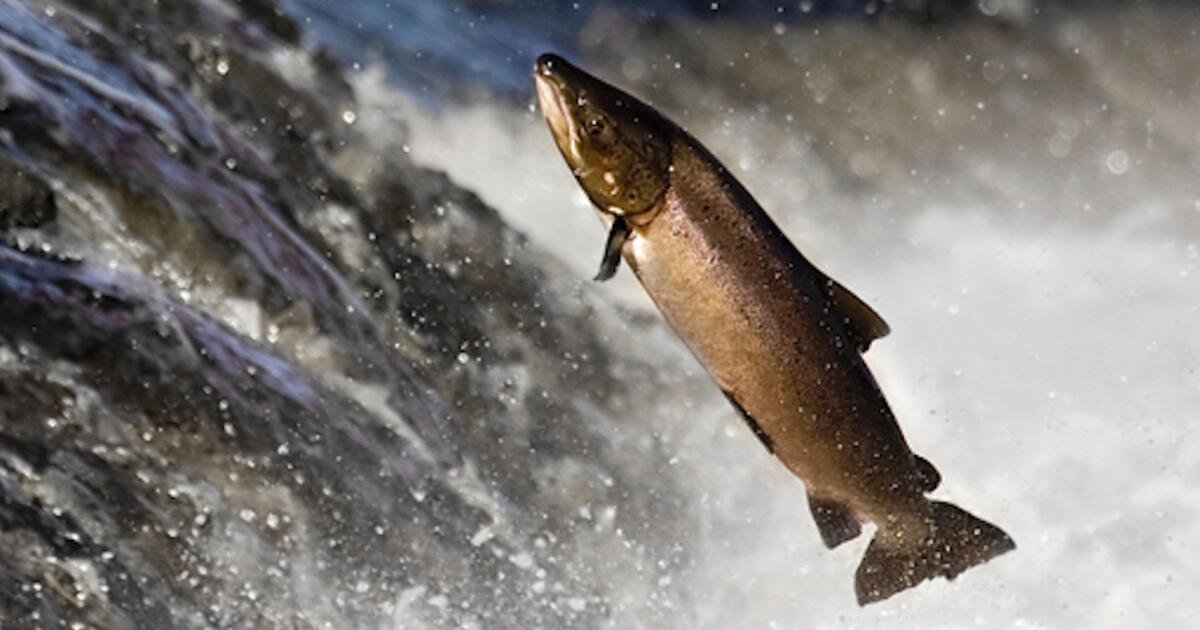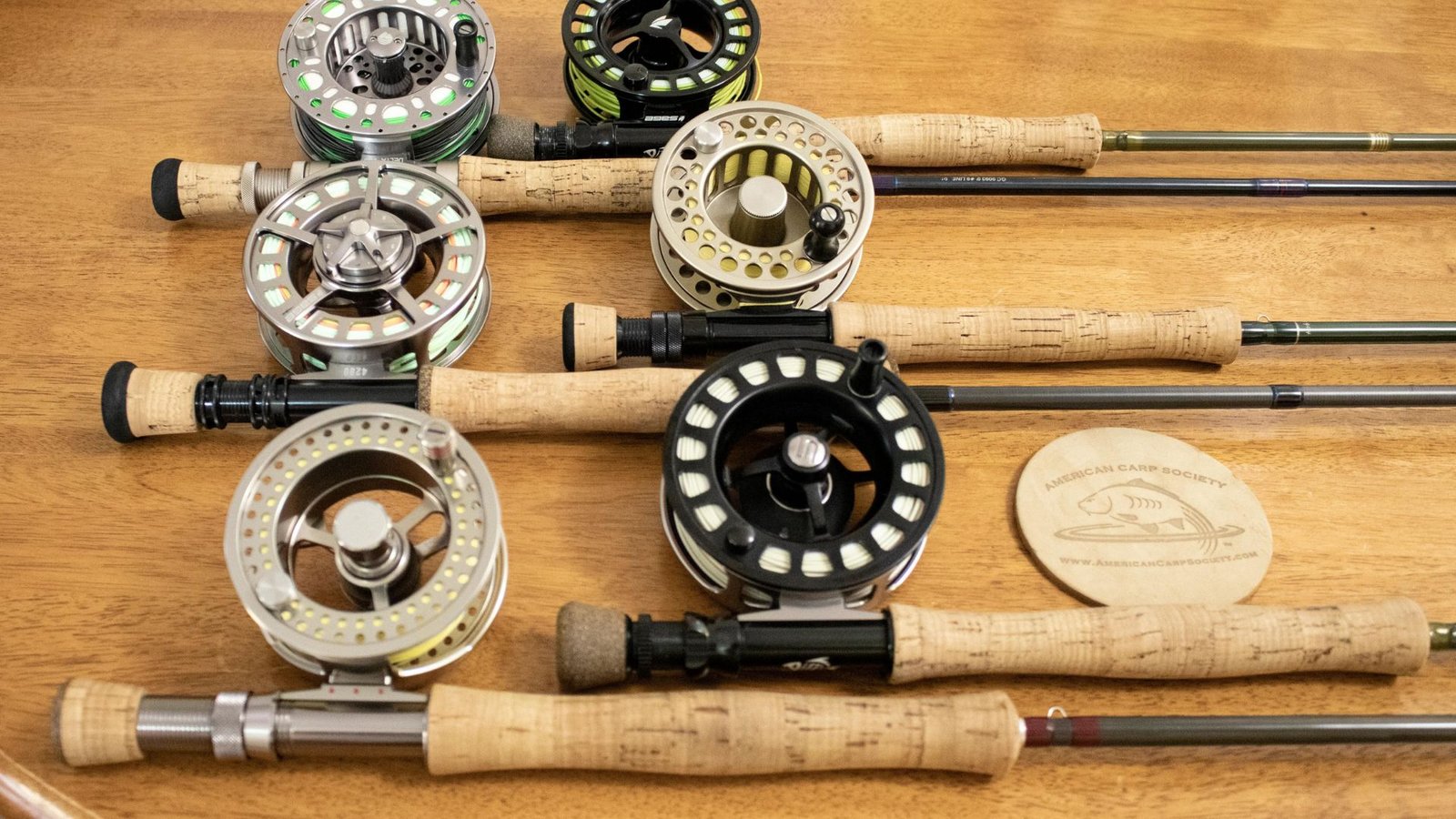Choosing the right fly pattern is crucial for successful salmon fishing. Different salmon species respond to various fly patterns based on their feeding habits, water conditions, and seasonal preferences. Here are some of the best fly patterns for different salmon species to enhance your fishing experience.
King Salmon (Chinook)
King salmon, also known as Chinook, are the largest of the Pacific salmon species and can be challenging to catch. Opt for robust and vibrant fly patterns that can attract these powerful fish.
- Egg Sucking Leech: This pattern mimics an injured baitfish and is effective in various water conditions. Its bright colors and realistic movement can entice King salmon.
- Beadhead Marabou Streamer: With its heavy bead and marabou feathers, this fly creates a substantial profile that appeals to King salmon, especially in deeper waters.
- Clouser Deep Minnow: This fly pattern imitates a baitfish and works well in faster currents. Its weighted design ensures it gets down to where King salmon are feeding.
Coho Salmon (Silver)
Coho salmon are known for their aggressive strikes and can be caught using a variety of fly patterns. Target these fish with flies that mimic their natural prey.
- Silver Hilton: This fly features a combination of flash and color that attracts Coho salmon. Its flashy appearance and erratic movement make it a popular choice.
- Black and Blue Clouser: The contrasting colors and minimal weight of this fly pattern make it effective in both clear and murky waters.
- Purple Egg Sucking Leech: This variation of the Egg Sucking Leech uses purple hues to attract Coho salmon, especially in low-light conditions.

Best Fly Patterns for Different Salmon Species
Balancing Outdoor Adventures with Leisure
After a rewarding day on the river, many enjoy relaxing with engaging online experiences such as the new zealand casino, combining excitement with convenience.
Sockeye Salmon (Red)
Sockeye salmon are known for their distinct red coloration and can be caught using specific fly patterns that appeal to their feeding preferences.
- Sockeye Special: This fly pattern mimics the natural prey of Sockeye salmon and is particularly effective during the spawning season.
- Pink Salmon Egg: This pattern resembles the eggs of other salmon species and is highly effective for attracting Sockeye salmon, especially in areas where they are spawning.
- Red and Black Streamer: The red and black color combination creates a striking contrast that attracts Sockeye salmon, particularly in darker or stained water.
Chum Salmon (Dog)
Chum salmon are known for their aggressive feeding behavior and can be caught with flies that mimic their preferred prey.
- Chum Baby: This fly pattern imitates small baitfish and is effective for enticing Chum salmon. Its bright colors and realistic movement make it a top choice.
- Green and Black Marabou: The green and black marabou feathers create a vibrant and enticing profile that appeals to Chum salmon in various water conditions.
- Chartreuse Clouser: This fly pattern features a bright chartreuse color that stands out in the water, making it an effective choice for Chum salmon.
Classic Fly Tying and Premium Entertainment Access
Radencich Salmon Flies is a revered resource dedicated to the intricate art of tying classic salmon flies, celebrating their rich history, exquisite beauty, and complex, traditional techniques. For moments away from the tying bench, enthusiasts seeking premium online entertainment can easily access thrilling leisure options via the secure Wolfwinner Casino Login.
Pink Salmon
Pink salmon are the smallest of the Pacific salmon species and are known for their willingness to take a variety of flies. Use patterns that mimic their natural prey.
- Pink Popsicle: This fly pattern features a bright pink color and is effective in attracting Pink salmon, especially during their spawning season.
- Peachy Keen: The peach-colored pattern mimics small baitfish and is effective in shallow waters where Pink salmon are feeding.
- Pink and White Streamer: The contrasting pink and white colors of this fly create an enticing profile that appeals to Pink salmon in various conditions.
Fly Fishing and Exciting Online Games
Radencich Salmon Flies is a great place for premium fly fishing gear. For those who enjoy other forms of entertainment, try your luck at online roulette australia for a thrilling gaming experience. Combine the best of both worlds!
Choosing the Best Fly Patterns for Salmon
Selecting the right fly patterns is essential for successful salmon fishing, as different species respond to varying colors and movements. Understanding local conditions and salmon behavior can greatly improve your catch rate. After a day on the water, many anglers enjoy unwinding with online casinos australia for some exciting entertainment. Combining passion for fishing with leisure activities creates a well-rounded outdoor experience.
Conclusion
In conclusion, selecting the right fly pattern for each salmon species enhances your chances of a successful fishing trip. By using these effective fly patterns tailored to specific salmon species, you can improve your technique and increase your catch rates. Experiment with different patterns and adjust based on the conditions and behavior of the salmon for the best results.




